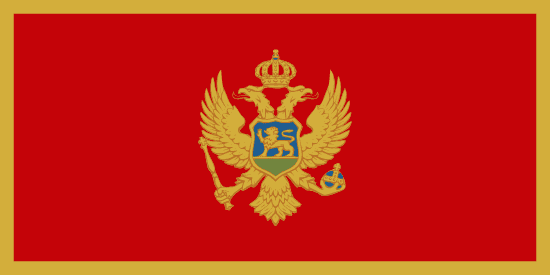"Podgorica - grad koji raste | Podgorica - the city that grows"
About:
Podgorica, the capital of Montenegro, has a history dating back to the Illyrian and Roman periods. It was part of the Ottoman Empire for four centuries until 1878, when it became part of the Kingdom of Montenegro. After World War II, it was named Titograd in honor of Josip Broz Tito, Yugoslavia's leader. The city was heavily bombed during the war, but was rebuilt and industrialized. After the breakup of Yugoslavia in 1992, it became the capital of the newly independent Montenegro in 2006.
When to visit:
To explore the rich history, diverse architecture and beautiful parks of Montenegro's capital city
When to avoid:
The hot summer months of July and August due to high temperatures
Winter (Dec-Feb)
In Podgorica, Montenegro, the coldest months are January and February with average temperatures hovering around 5-6°C. Rainfall is highest in November and December, with monthly averages of 170-180mm. The city experiences reduced sunlight during these months, with only 3-4 hours of sunshine daily. Cloud cover is also extensive, contributing to the overall gloom. For a visitor, an average day in this period would include chilly temperatures, frequent rain showers, and overcast skies. Despite this, the city's beauty shines through, offering a different kind of charm in its winter landscape.
"Summer (July–August)"
In Podgorica, Montenegro, the warmest part of the year is typically from June to August, during the summer season.
During this period, average high temperatures range from 30°C to 35°C (86°F to 95°F), while the average low temperatures range from 16°C to 20°C (61°F to 68°F). Rainfall is relatively low in the summer, averaging about 30-40mm per month, making it the driest season of the year.
Sunlight is abundant, with July being the sunniest month, offering approximately 12 hours of daylight per day. The humidity is moderate, averaging between 50% and 70%. Despite the heat, the sky is often partly cloudy, with cloud cover ranging from 30% to 50%.
A typical summer day in Podgorica for a visitor would feel quite hot, especially in the afternoon. The mornings and evenings are more comfortable, making them ideal for outdoor activities. Despite the heat, the moderate humidity prevents the atmosphere from feeling too oppressive. The abundant sunlight and low rainfall make it a great time for sightseeing and other outdoor activities. However, it's advisable to wear sun protection and stay hydrated due to the strong sun and high temperatures.
Language:
In Podgorica, the capital city of Montenegro, the most commonly spoken language is Montenegrin. This South Slavic language is the official language of the country. However, other languages such as Serbian, Bosnian, Albanian, and English are also widely understood and spoken due to the city's diverse population and its status as a major economic and cultural hub.




